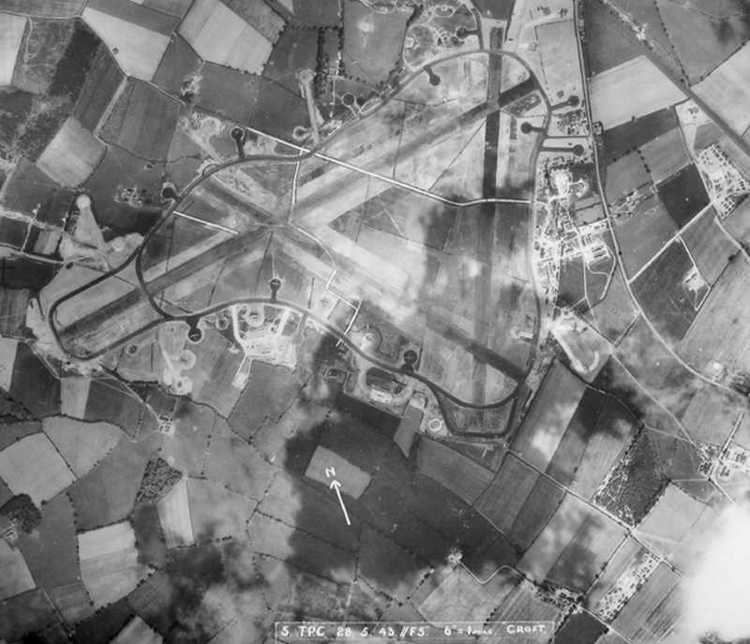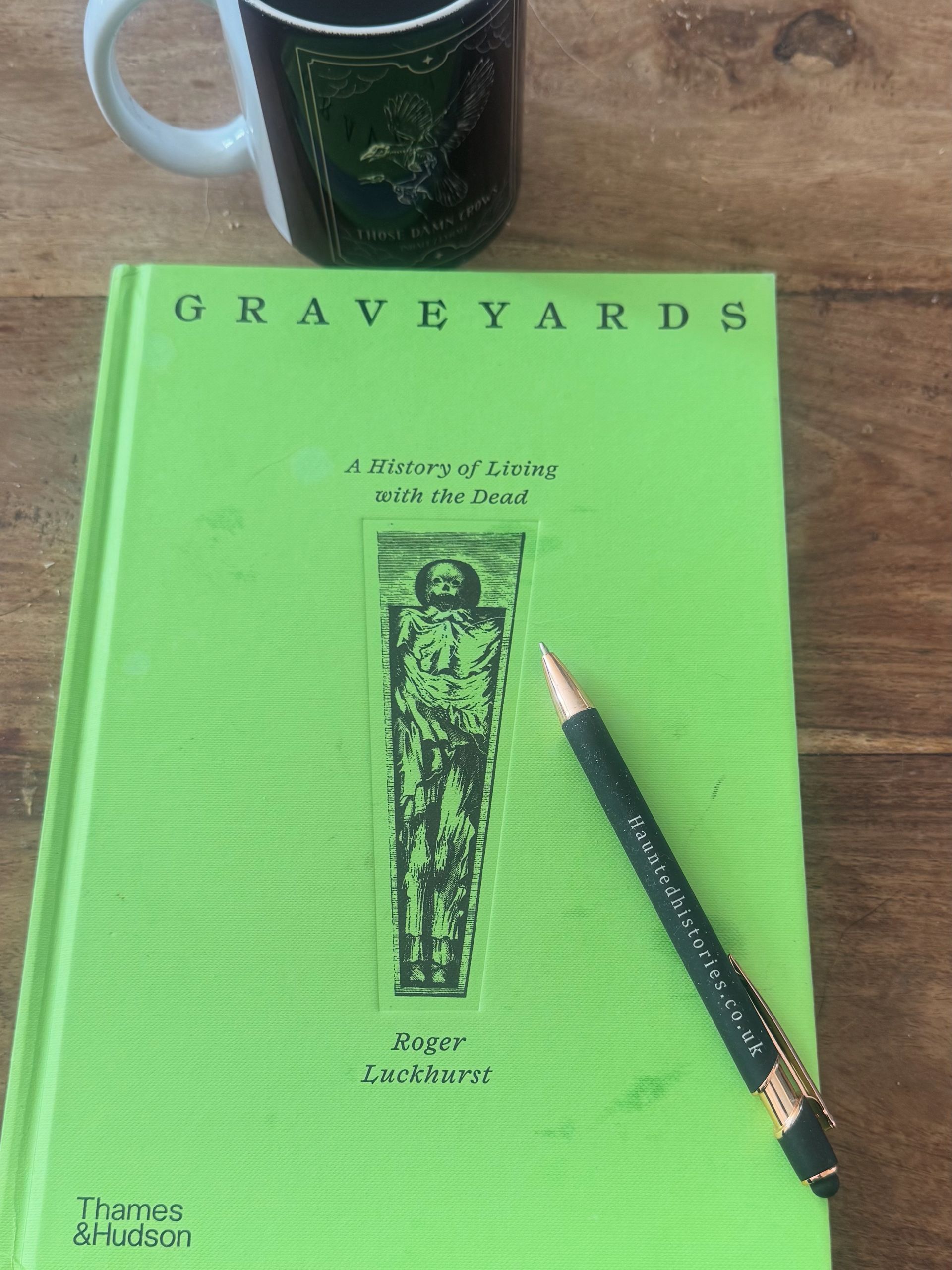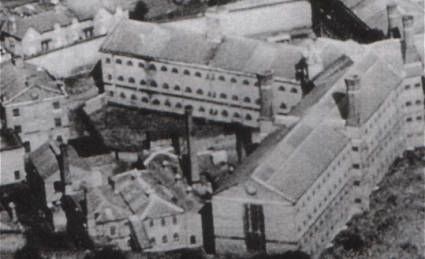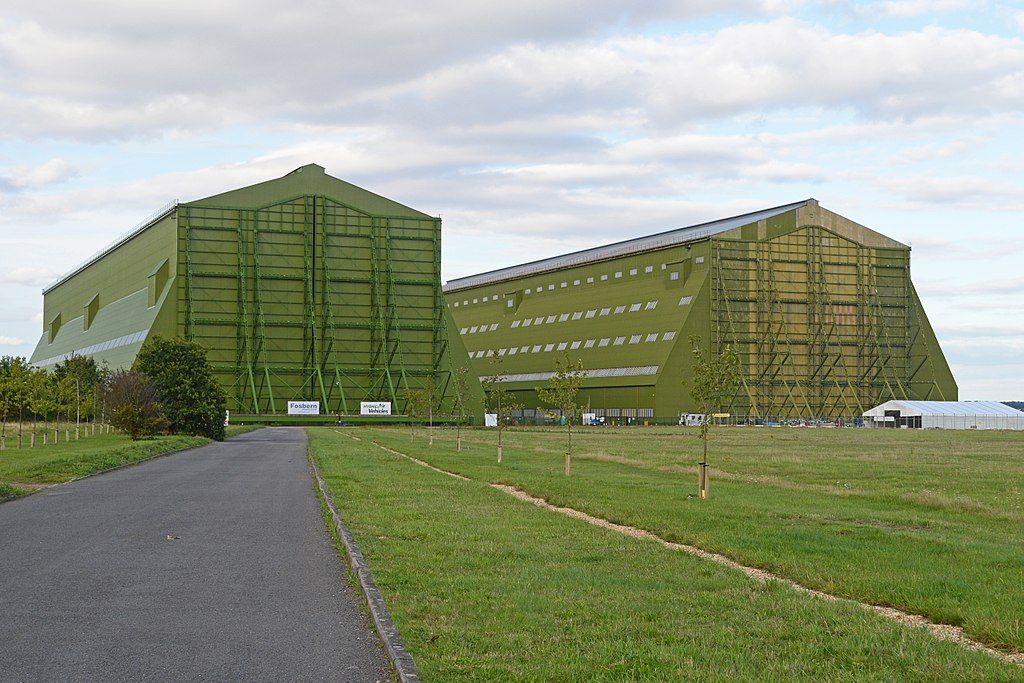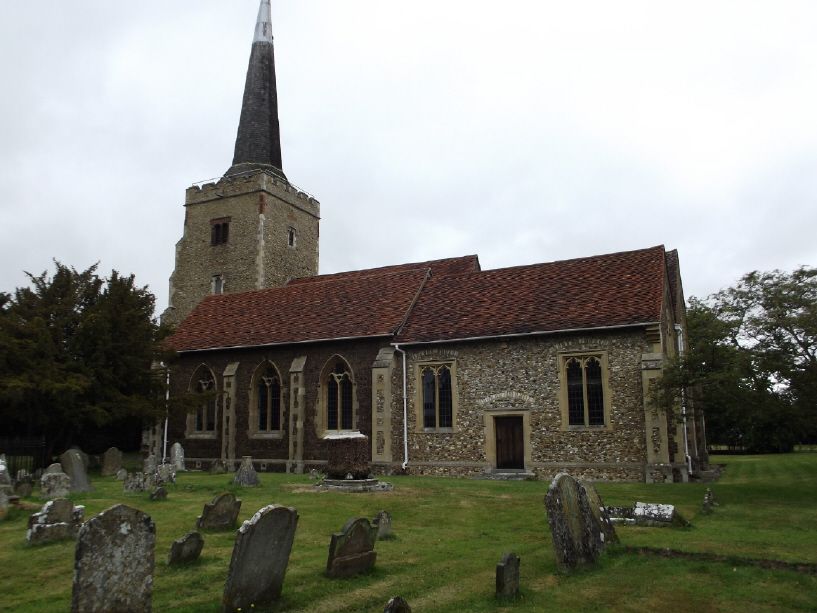Suda Bay
Recently, I was lucky enough to visit the beautiful island of Crete on my summer vacation with my family. Whilst there were quite a few “history” type trips I planned to take us all on (kicking and screaming in some cases), there was one which was not up for debate nor negotiation, and that was to pay my respects to the war dead commemorated at the Commonwealth War Graves site in Suda Bay (sometimes spelled Souda).
It is always a sobering moment walking around so many immaculate white gravestones, some with the names of the fallen and others with just the date of the war that the unknown person it commemorates took part in – those are perhaps the sites that affect me the most.
Whilst we were there, my eldest son (nearly 14 years old and a typically Kevin and Perry type teenager) actually took an interest, and was asking me questions. They would consist of things like “why does that grave not have a name on it?” “Why are there different symbols on each?” and “Why are some graves bunched together and not spaced out?”
That got me thinking, I guessed it was to do with a group of people who had either died at the same time, or had gone missing in action and were presumed dead, being kept together in the afterlife. Most of these were quite easy to explain, but some had six or seven together and the logical explanation was that these had been bomber crews, and I wanted to find their story.
This is not the only one there at Suda, there are sadly, many but I was drawn to the young men listed on these stones and wanted to find out who they were, and what had happened to them.
When we landed at Chania airport (pronounced “Hania”), as we were walking to our arrivals building, we were greeted with the sight of seven F-16 aircraft noisily taking off along the runway, it served to remind us that the area we were in was still used for military purposes and that the history of the surrounding land was continuing to be written. As we were driving west to our accommodation we saw many Greek naval buildings and also barracks for the Hellenic air force. The location in Suda and at Chania is no accident, the bay itself is very sheltered and was the perfect place for the British and Allied forces in world war two to base their ships to enable to attack the Mediterranean land being held by the Axis forces, and bombers could reach the oil fields at Ploiesti in Romania with ease. On the 28th October 1940, the Italians attacked but were repelled by the Allies, however by the following April, the Germans had taken Greece and had their eye on Crete. A bitter thirteen day battle from the 20th May 1941 to the 1st June 1941 commenced when German paratroopers landed near Maleme airfield and the Battle of Crete began.
The next few years consisted of the Allied forces trying to recover the island, and this is where our brave air crew came in. Anyone who has studied second world war history knows that if a heavy bomber aircraft - with upwards of six souls on board – went down, nearly all of the men would perish.
So, what happened to Flight Lieutenant Cox and his crew?
On the evening of the 27th October 1942, ten B-24 Liberator aircraft were being readied at the RAF base in Agir, Palestine to fly to Maleme and look to destroy the aircraft that the Germans had there. Of the ten made ready, only eight took off (due to mechanical failure of the other two), one of these was piloted by veteran flyer and Distinguished Flying Cross holder, Flight Lieutenant Eric C. Cox of Hawke’s Bay New Zealand. Cox had completed around thirty seven operational sorties and had nearly a thousand flying hours logged – not bad for a 28 year old former accountant. His aircraft, AL548, code BS-R of the 160 squadron left the airfield at 19:18 hours, and proceeded to its target on the island of Crete.
The Operational Records for the mission simply state that other crews saw red light on the ground, south of the target which may have been a burning aircraft, it is later in the report that it mentions that Cox and his crew are missing from operations. The other seven Liberators returned safely to base from around 4:00 the following morning. Subsequent eye witness reports confirmed that AL548 had been shot down and fallen slightly south of the target, so this would have been the fire that the crews had mentioned when giving their operational debrief.
A group of men, the oldest being Pilot Officer Reilly at 29, the youngest Wireless operator and gunner flight Sergeant Gibbons at 21, from Australia, Britain and New Zealand, commemorated together forever.
